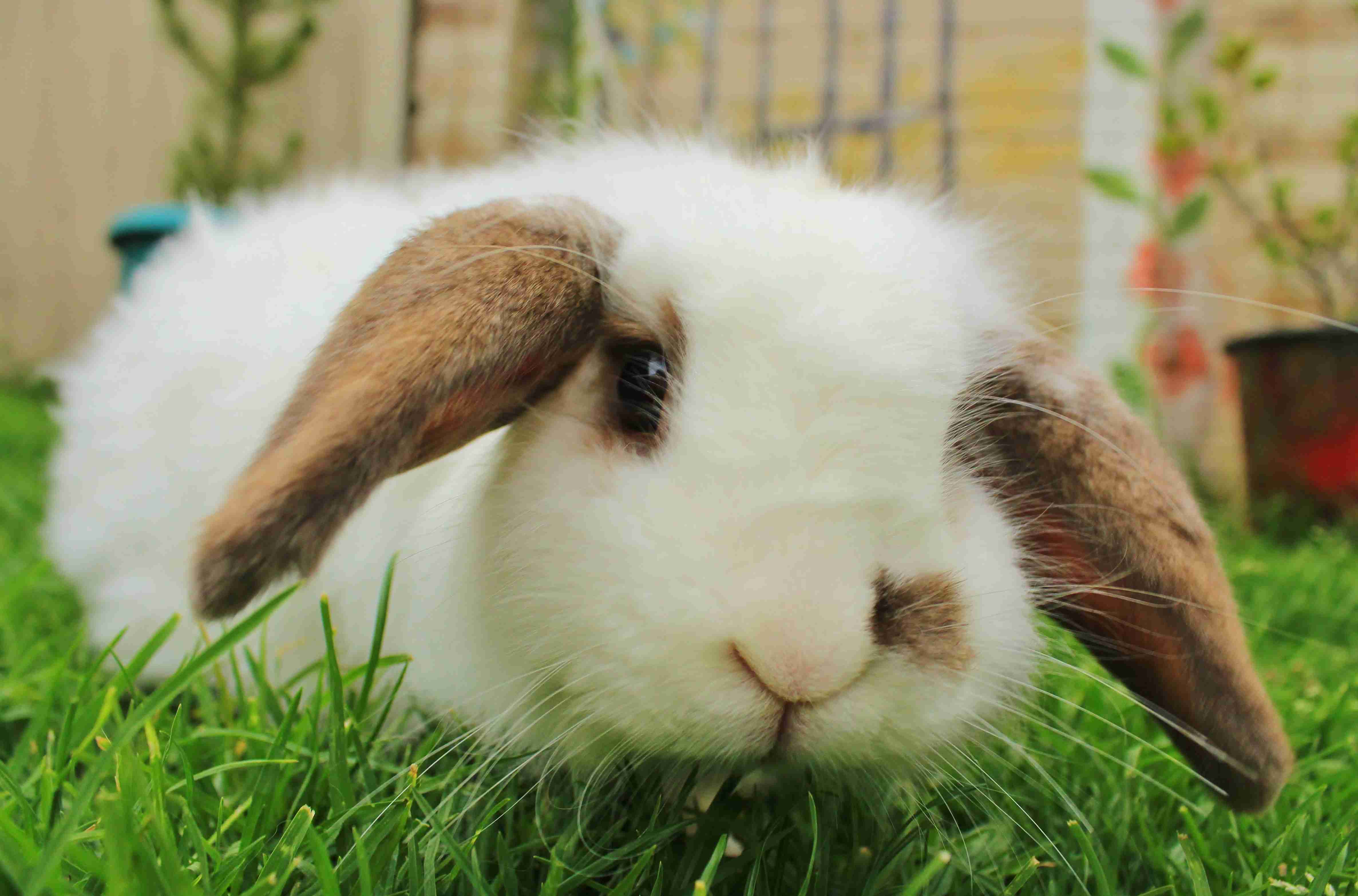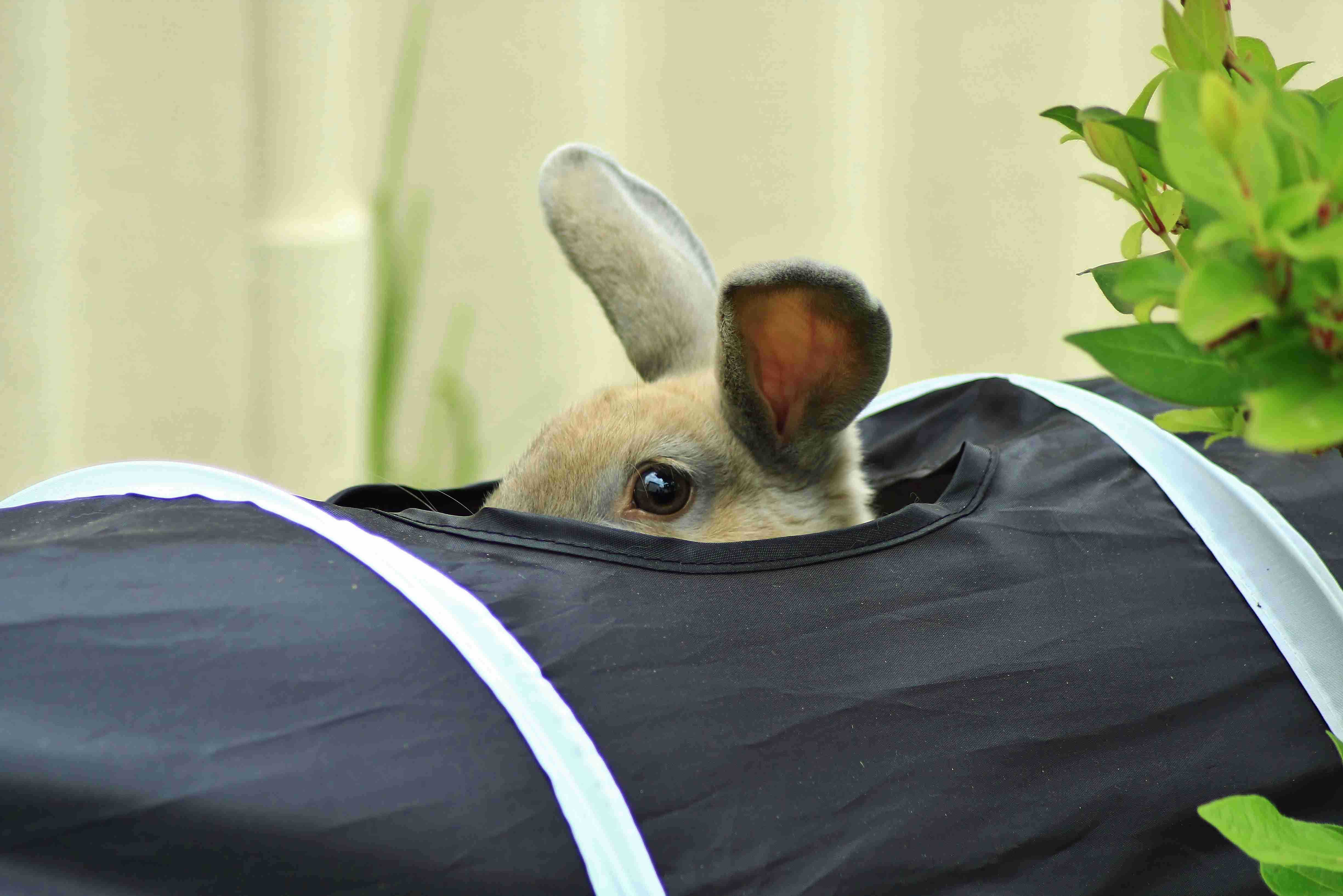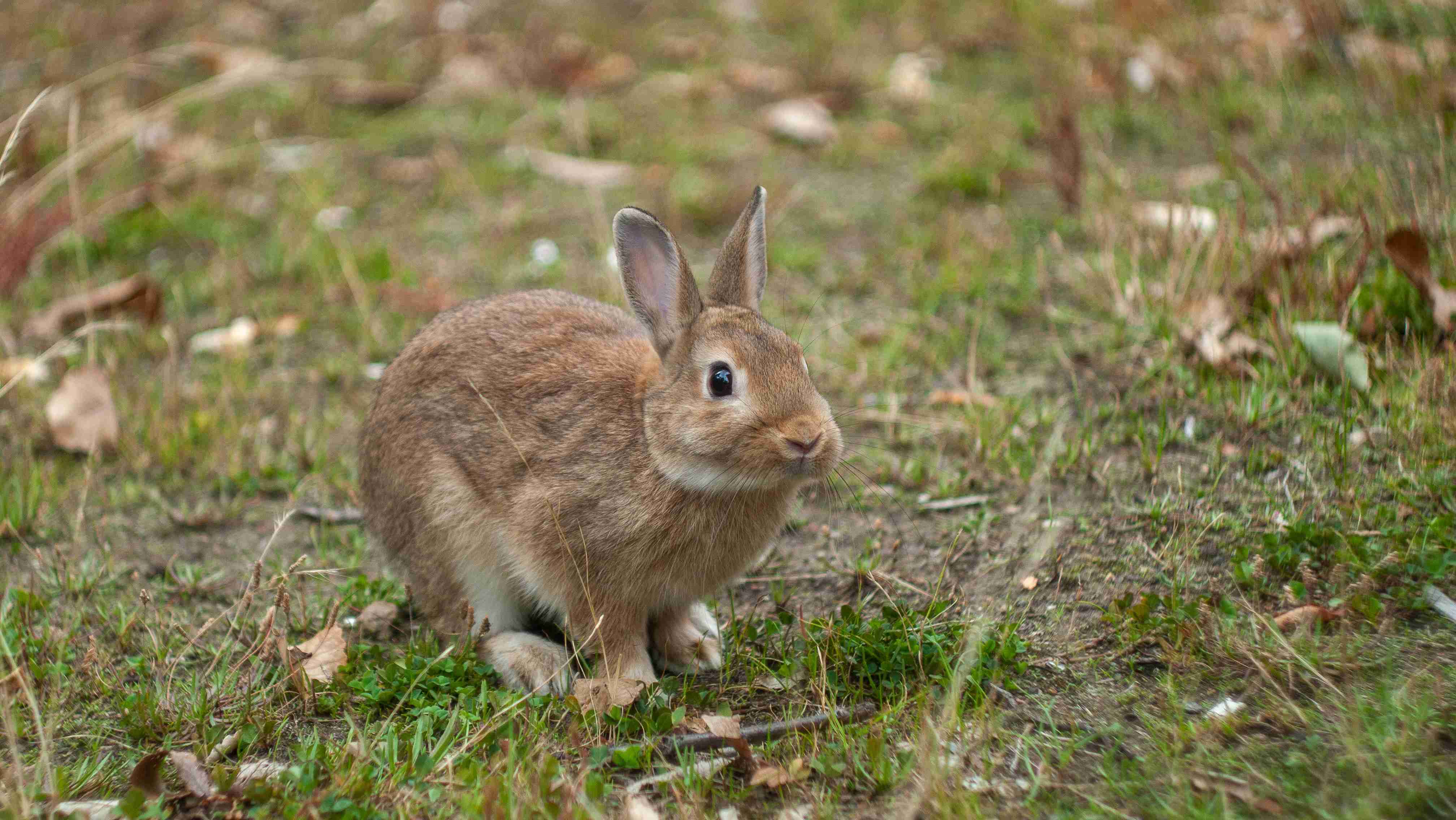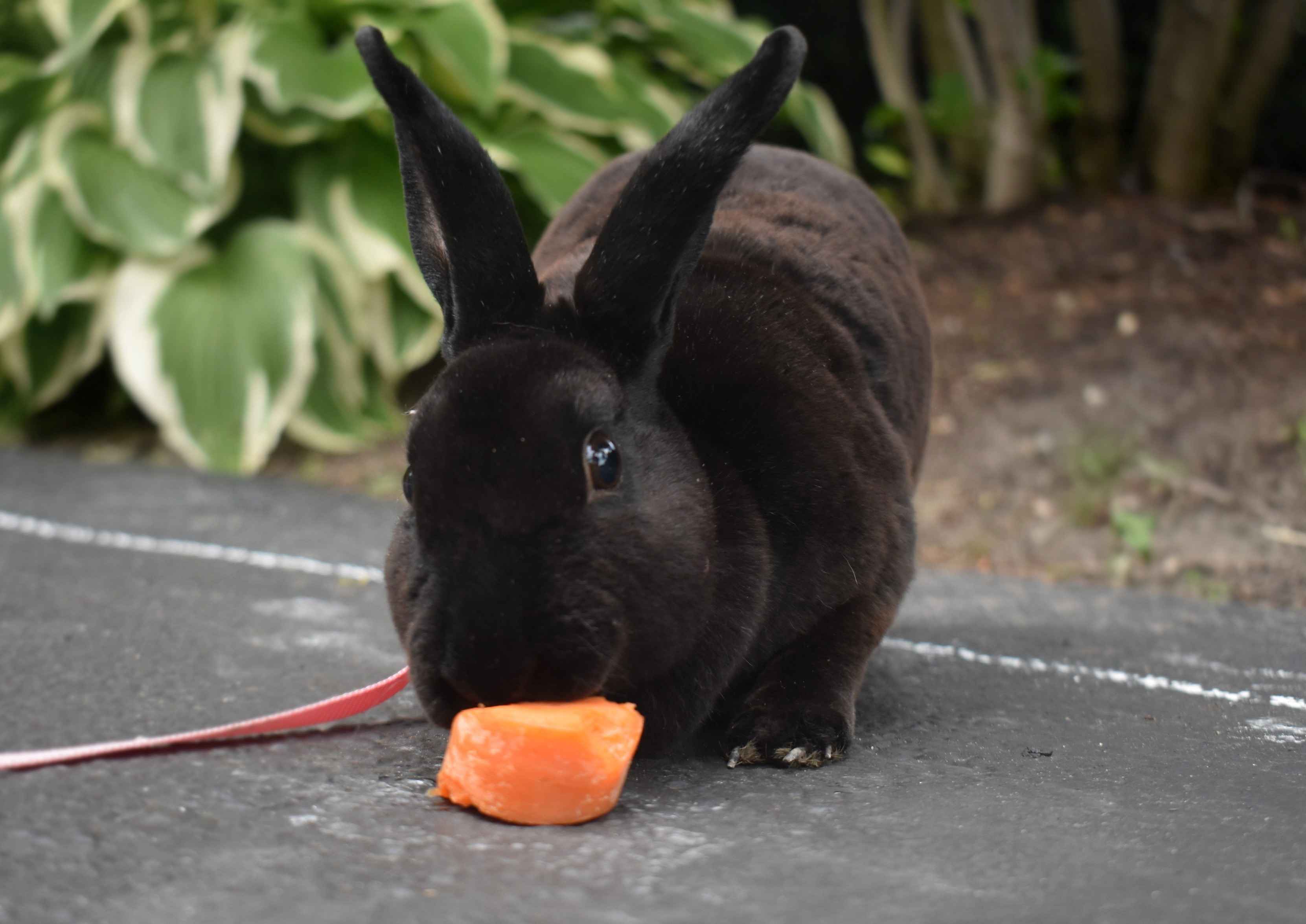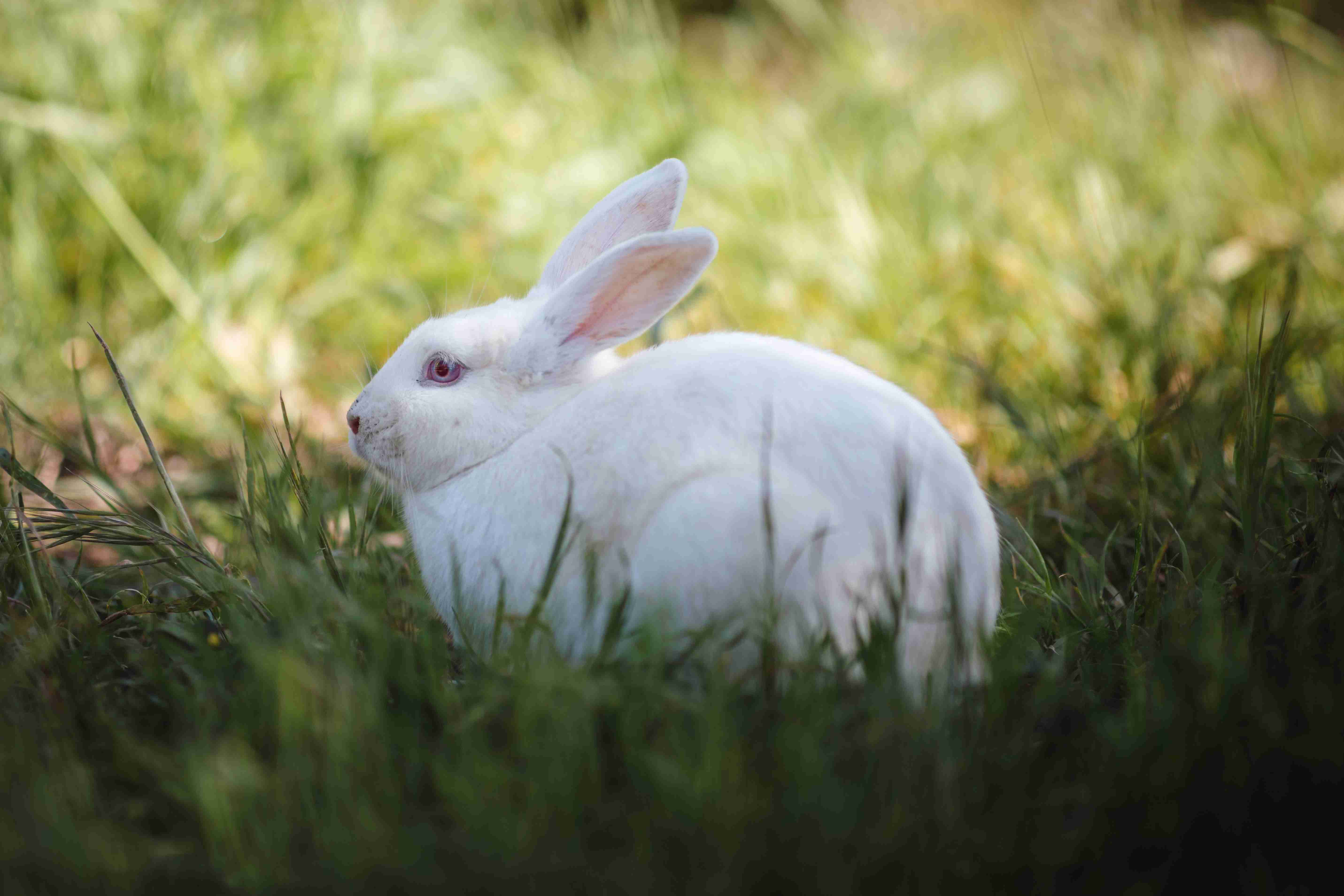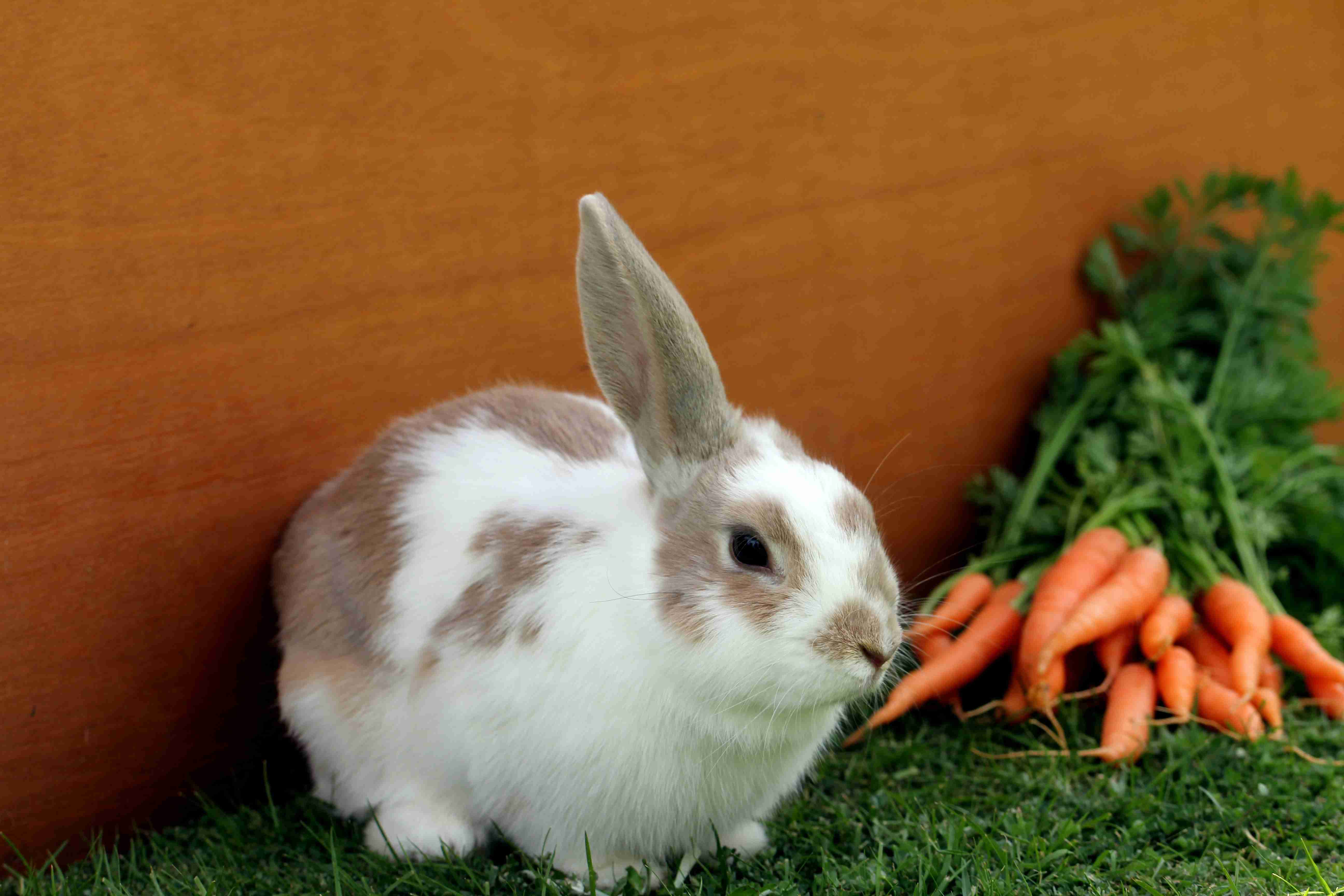Rabbits are adorable and make great pets, but they require a lot of care, including regular cleaning of their living space. A rabbit’s living space needs to be kept clean not only for the rabbit’s health and well-being but also for the owner’s comfort. However, it can be confusing to know how often a rabbit’s living space should be cleaned. In this blog post, we will explore all there is to know about cleaning a rabbit’s home. From the frequency of cleaning to the tips and tricks for making the process easier, this guide will be your ultimate resource for keeping your bunny’s living space clean and tidy. So, let’s get started!
Rabbits are adorable and gentle creatures that make great pets. However, as with any pet, caring for a rabbit requires more than just feeding and watering them. Regular cleaning is an essential part of rabbit care, as it can help prevent the spread of disease and ensure your bunny stays healthy and happy.
So, how often should a rabbit’s living space be cleaned? The answer depends on several factors, including the size of the enclosure, the number of rabbits living in it, and the type of bedding used. Here are some general guidelines to help you keep your bunny’s home clean and tidy.
Daily Cleaning
The most basic cleaning task that should be done daily is spot cleaning. This involves removing any droppings or wet spots from the enclosure. You should also check the litter box and remove any soiled litter. This will help prevent the buildup of ammonia and keep your rabbit’s living area smelling fresh.
Weekly Cleaning
Once a week, you should do a more thorough cleaning of your rabbit’s living space. This includes removing all the bedding and replacing it with fresh, clean bedding. You should also clean and disinfect the litter box and food and water dishes. If you use a water bottle, make sure to clean it thoroughly and replace the water.
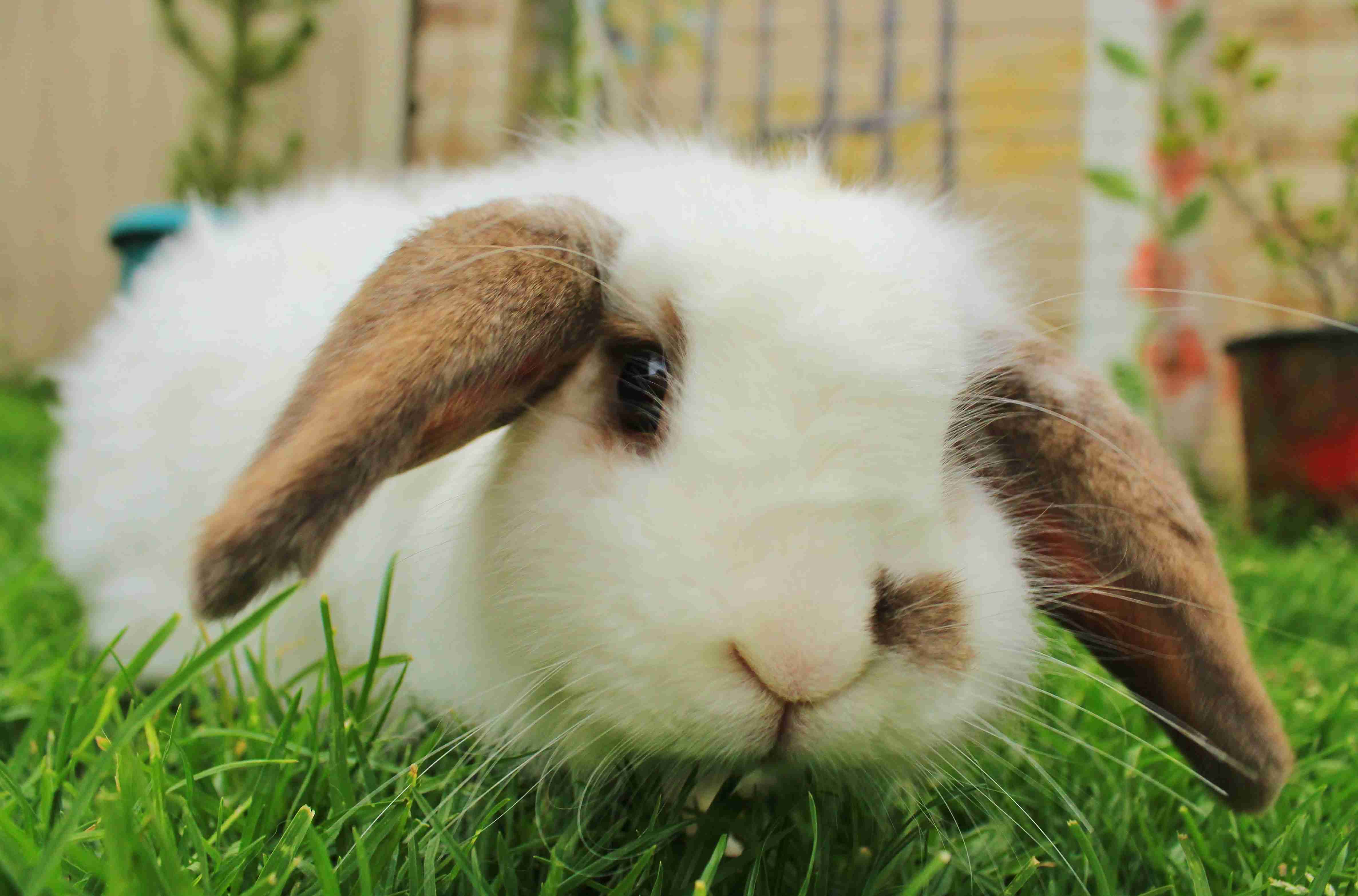
Monthly Cleaning
Every month or so, you should do a deep cleaning of your rabbit’s enclosure. This involves completely emptying the enclosure and scrubbing it down with a pet-safe cleaner. You should also clean and disinfect any toys or accessories in the enclosure. This is a good time to inspect the enclosure for any damage or wear and tear and make any necessary repairs.
Bedding
Choosing the right bedding is important for your rabbit’s health and comfort. Some popular options include paper-based bedding, wood shavings, and hay. Regardless of the type of bedding you choose, it should be changed regularly to prevent the buildup of waste and bacteria. Wet or soiled bedding should be removed immediately to prevent the spread of disease.
Odor Control
Rabbits have a natural musky odor that can be intensified by dirty bedding or enclosures. To combat this, you can use an odor-neutralizing spray or sprinkle baking soda on the bedding. You can also add hay or herbs to the enclosure to absorb odors and provide a fresh scent.
Overall, regular cleaning is essential for maintaining your rabbit’s health and happiness. Daily spot cleaning, weekly bedding changes, and monthly deep cleaning are all important tasks to keep your bunny’s home clean and fresh. By following these guidelines, you can ensure that your rabbit has a clean and comfortable living space that promotes their wellbeing.
In conclusion, keeping your rabbit’s living space clean is essential for their health and well-being. By following the tips and tricks outlined in this guide, you can ensure that your bunny’s home stays fresh and hygienic. Remember to clean their living space regularly, provide them with plenty of space, and use safe and non-toxic cleaning products. With a little bit of effort, you can keep your bunny happy, healthy, and comfortable in their home.


